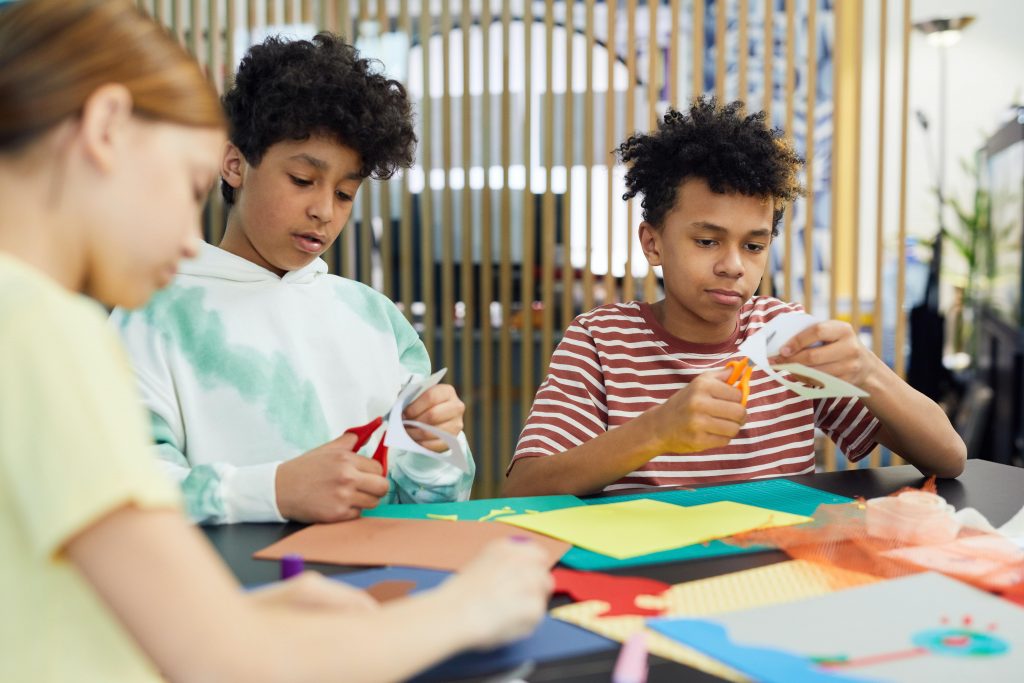The Belong project’s impact and user groups
“Relevance” and “impact” are two words with increasing significance for researchers around the world promoted by the European Commission to “better align science and society”. When we applied for research grants in spring 2020, we had to convince the commission evaluating our proposal that our project is relevant in the sense of addressing a grand, social challenge. In our case, the social challenge was social inequality. We also had to convince the commission that our project would have impact by contributing to reduce social inequality. Our impact goals are connected to yet different from the project’s goals.
The project’s goals are to increase current knowledge on poor children’s social exclusion and inform policy about how this can be solved. Our impact goals, on the other hand, regard how the knowledge and the information are taken up by user groups such as research milieus, organizations, and regulators.

So, how what kind of user groups is the project supposed to influence – and how?
Of course, the ultimate user groups of the Belong project are the problem’s “owners”; poor children with and without an immigrant background. Throughout the project we will encourage representatives from these user groups to take part in the project – interviewing and observing them at different arenas: at home, at schools, and in leisure time. Amongst others, we will ask children to take photos of their belongings and publish them at a WebGallery on the project’s website. We will also ask them to participate in workshops and act as “co-researchers” analyzing the photos and critically evaluating preliminary research results.

Beyond this, we expect that the project’s research results will be used by other researchers working with social inclusion of children with different economic and ethnic background. We will develop new knowledge about children’s belonging and turn this insight into indicators that can be further examined in national and international surveys conducted by two of the project’s partners. The national and international surveys will be conducted by NOVA’s Ungdomsforskning and Hebrew University of Jerusalem and Goethe University Frankfurt.
We will also further develop the concept of belonging and analyze how it best can be explored methodologically. If our research results are successfully disseminated in peer-reviewed scientific journals or books, they may also benefit researchers who are working with social exclusion/inclusion of other vulnerable groups, for example people with disabilities and older people. An international network of researchers will be built and some of them will be invited to join us in co-writing a research proposal in 2024 addressing children’s belonging at European scale.

By including one Ph.d. and two master’s students in the Belong project we will impact OsloMet’s education. The project can also benefit OsloMet students who want to base their master thesis on data freely offered by NOVA’s Ungdomsforskning.
We will also invite representatives from organizations and regulators working with children, poverty, and immigration to take part in the project, for example by participating in the project’s workshops that will be arranged every sixth month or join our closing conference in 2025. We will also publish popular scientific articles to be published in newspapers and policy briefs to be published on our website. The idea is to encourage these user groups to act in ways contributing to reduce social exclusion and marginalization among poor children.

Some of the results will also be used to validate SIFOs Reference Budget. (https://www.oslomet.no/en/about/sifo/reference-budget). The Reference Budget is a normative based online budget tool showing a reasonable level of consumption of a variety of consumer goods and services of different kinds of Norwegian households. As the budget is used by the Norwegian Labor and Welfare Administration (NAV) and private banks to estimate levels of financial support for its many clients and customers, the research results will have a direct impact on people’s private economy. The Reference Budget is itself an example of a high-impact project by virtue of being one of the websites at OsloMet with most visitors.

Indeed, when we wrote the research proposal, we could not know whether the project would succeed in affecting these user groups. As the project’s alleged impacts are goals that may or may not be realized, we are fully aware that some may regard them as false promises – as empty buzzwords used to give the commissions evaluating our proposals the (false) impression that our project is better than our competitors’. However, from our point of view, the mandatory impact-goals helped us to reflect on how our research results could be used for a better cause.
For us, keeping these promises is a serious ethical concern – a social contract that we have made with people, “the taxpayers”, who have funded the Norwegian Research Council and, hence, ultimately, us. To inform the general population we will publish news from the project and blog about things that may be of interest. To succeed, the Belong project relies not only on the project group, but also on the responses it gets from its potential users. The only thing we can do is to encourage potential users to follow the project and to join us in our attempts to make a difference 😊. Feel free to reach out to us.
Text by Anita Borch (BELONG project coordinator, SIFO), 3. November 2021